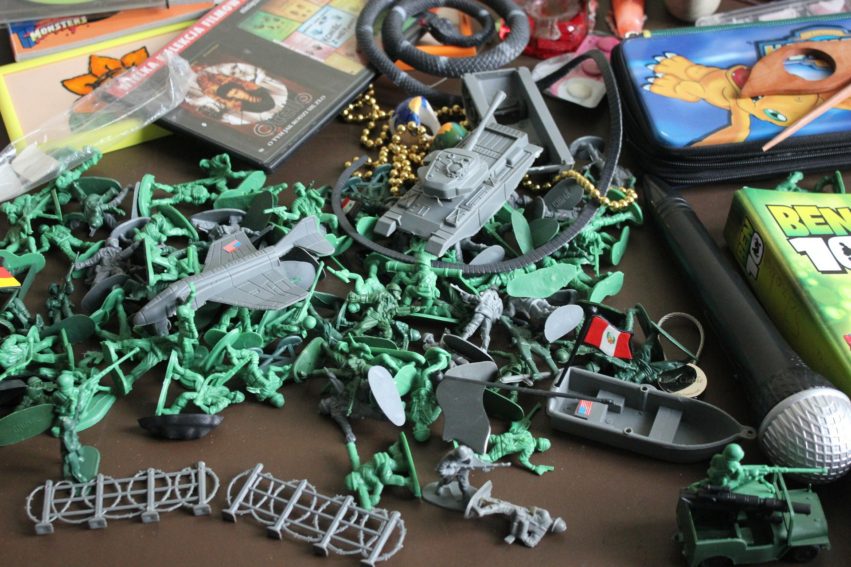
Cooking on Gas?
In 1997, we launched Burngreave Community Action Forum. This was not a part of my work, it was a Forum for residents in my own neighbourhood in Sheffield, UK. It was interesting to be guided by two community development workers, employed by the local authority.
Over the next few years we set up a Trust that obtained funding for premises and four staff. I managed the staff for a year or so. We were as someone said, “cooking on gas”. Others noticed too.
I suppose it was meant to be encouragement. The city-wide Quango (quasi-autonomous non-governmental organisation) (don’t ask!) made up of local authority, police, education, big business, big voluntary sector who regularly changed their name, were interested.
We got New Deal for Communities. Nobody asked us. The Quango made a short-list of neighbourhoods that might be suitable and then decided which would get it, all without speaking to anyone who actually lived in these places.
On the evening they announced Burngreave was to receive £50 million over 10 years, I went to a Forum meeting. Several new faces were there, local residents who made a point of telling us the Forum was not going to get their hands on the money. The Forum might have had a chance of becoming accountable body but given the vocal opposition, the role went to the local authority. Maybe if we had had a couple more years to consolidate the Forum, things would have turned out differently.
New Deal finished 10 years later in 2012, just after I was made redundant and wondering what to do next. In some respects New Deal was a success. Burngreave came third in the country in terms of revenue spending. There were notable gains at the time for housing, education, health, policing, etc. However, there was no legacy.
Compared with the other neighbourhoods that had been considered for New Deal, Burngreave had no Forum, no Trust, no partnership, no premises. Everything we had built at the turn of the century was destroyed and has never recovered.
This experience is a major example of something I noted at the time as common in the places where I had previously worked and where my colleagues had worked. You would think £50 million would make a massive difference. It did but not in a positive way.
Why? The reason was the money was not invested. It was given away as grants. As soon as the national government money ran out, the partners disappeared. They were interested in spending the money and not in local regeneration. I don’t blame them, the scheme itself was ill-conceived. In the end, most of the partners had no skin in the game. They don’t live here – why should they care when they have their own responsibilities.
What makes a successful neighbourhood? There’s more than one answer to that question but my answer is, it is a space where people encounter one another. In theory cities, towns and villages are based upon spaces where business concentrates, which brings in non-commercial activity such as schools, places of worship, libraries, etc – which increases footfall and so encourages more business development.
Community organisations assuredly have their place but they cannot regenerate a neighbourhood without businesses playing a central role. Most obviously retail but other businesses bring activity into the area. Even self-employed workers tend to spend locally.
There’s a lot more to this but the question I want to answer, is how do businesses come into being? New businesses start all the time and interact with one another, often across a city or region. They start with a vision, not necessarily about urban regeneration and begin to market it. They are often islands offering something of value that withers and dies because they cannot make themselves heard. But it is that initial vision that fascinates me.
When someone takes the risk of going into business, they have a vision of some change they want to see. For many there is a kernel of genius that can and does make a difference.
When I started on this writing journey I believed solitude was the key to this. I wrote about how solitude is a stance that looks outwards. It creates the space where creativity happens. This is a space that can be shared to a degree but a business owner with a vision is someone bringing a gift to the world that can be accepted or rejected by the world.
The business-owner is on their own, even when they employ staff. Maybe especially then. As businesses grow, their responsibility grows and maybe solitude becomes more like loneliness. It is hard work and unrelenting.
The emphasis on making money is understandable because it is essential but it is never the reason why the business exists. All the technical solutions to the myriad problems businesses encounter, easily overwhelms our solitude and diverts the business from its original trajectory.
We need to remember our businesses. That’s remember in the sense of put back together. We use stories to do this. Stories about all aspects of a business explains to potential customers and especially the business owner, why they are there, why they persist and how they bring an iota of hope to a painful world.
Day 21/21 of my writing challenge. Every weekday, I publish a short piece of writing on my subject, solitude. The writings are based on a daily prompt from Megan Macedo, who leads the challenge. These are all first drafts with minimal revision. Please comment if you find these posts helpful. Previous: Shared Solitude








